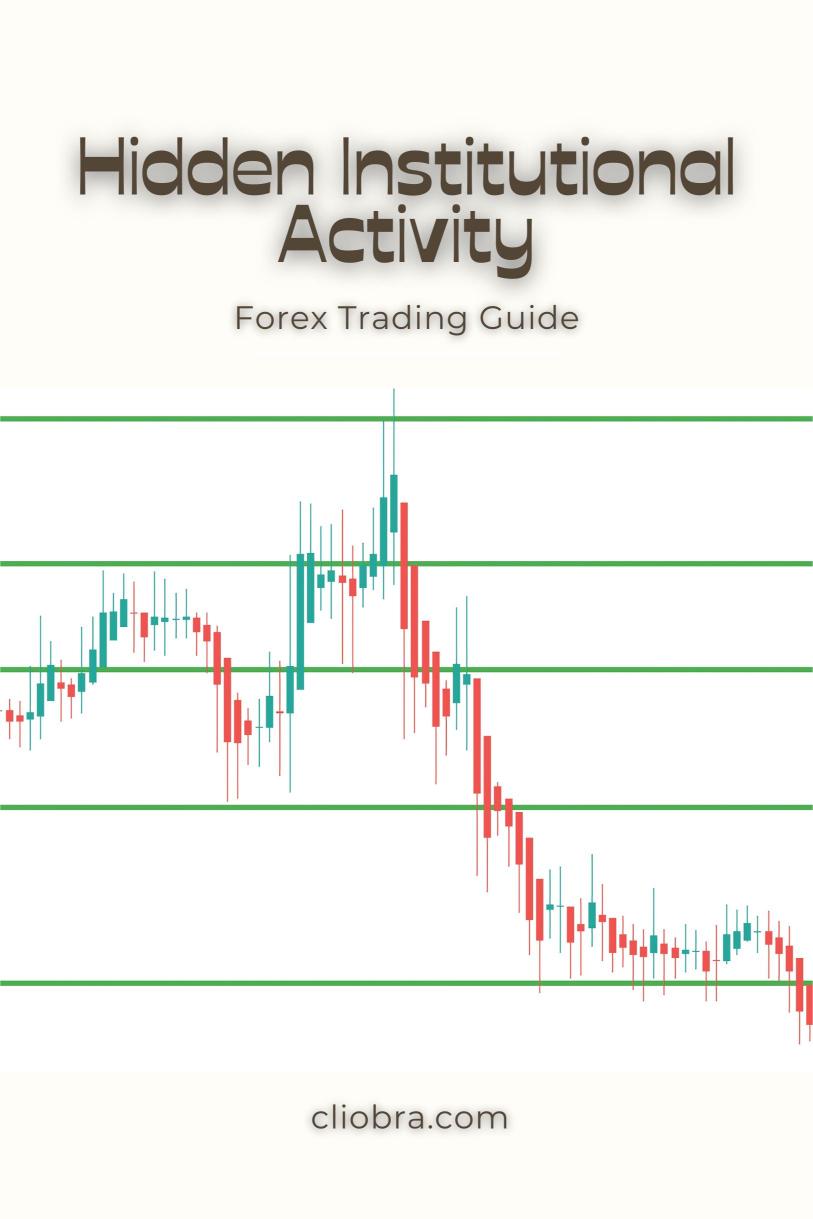Last Updated on February 9, 2025 by Arif Chowdhury
Ever stared at a Forex chart and thought, “What are the big players doing?”
You’re not alone.
As a seasoned Forex trader since 2015, I get it. The market feels like a puzzle, and the pieces often seem hidden.
But spotting institutional activity is key to cracking that code.
Let’s dive into some straightforward strategies to uncover what the big institutions are up to.
Why Should You Care About Institutional Activity?
Institutions control massive capital.
They move markets.
When they enter or exit, it creates ripples that can influence your trades significantly.
In fact, studies show that institutional traders account for over 70% of all trading volume in the Forex market.
Understanding their moves can help you make better trading decisions.
Key Indicators of Institutional Activity
Here are some signs to look for.
1. Volume Spikes
When you see a sudden increase in volume, pay attention.
It often indicates that large players are stepping in.
- Look for spikes on the H4 charts; that’s where my trading bots operate.
- Combine volume spikes with price action to confirm institutional involvement.
2. Price Gaps
Gaps can signal that institutions are making significant moves.
- A gap up after a strong downtrend?
- That’s a potential sign of bullish institutional interest.
- Keep an eye on market open times for these gaps.
3. Support and Resistance Levels
Institutions love to trade off key levels.
When price approaches a support or resistance level, watch how it reacts.
- If it bounces back strongly, it might be due to institutional buying or selling.
- Use these levels to set your own entry and exit points.
🚀Get this Forex EA Portfolio for FREE from here.
Tools for Analyzing Institutional Activity
1. Order Flow Analysis
Order flow tools can reveal where the big players are placing their trades.
- Look for tools that show you real-time order book data.
- This can give you insights into potential market direction.
2. COT Reports
The Commitment of Traders (COT) report gives you a breakdown of positions held by institutional traders.
- Use this to gauge market sentiment.
- If institutions are heavily long or short, it might influence your trading strategy.
3. Market Sentiment Indicators
These can provide insights into the mood of the market.
- High bullish sentiment might mean institutions are buying.
- Conversely, high bearish sentiment could indicate selling pressure.
Tips for Successful Trading Based on Institutional Activity
- Align with the Trend: If institutions are buying, consider going long.
- Wait for Confirmation: Don’t jump in just because you think institutions are active. Wait for confirmation from other indicators.
- Manage Your Risk: Always have a plan. Protect your capital with stop-loss orders.
Conclusion
Spotting hidden institutional activity in Forex charts isn’t just for the pros.
With the right tools and strategies, anyone can learn to identify these crucial market movements.
And remember, if you want to take your trading to the next level, consider checking out the best Forex brokers I’ve tested at Cliobra.
Also, I’m offering an exceptional 16 trading bots portfolio for FREE!
These bots are designed to work seamlessly across major currency pairs, ensuring you have a robust trading strategy at your fingertips.
Start spotting those hidden moves and elevate your trading game today!
